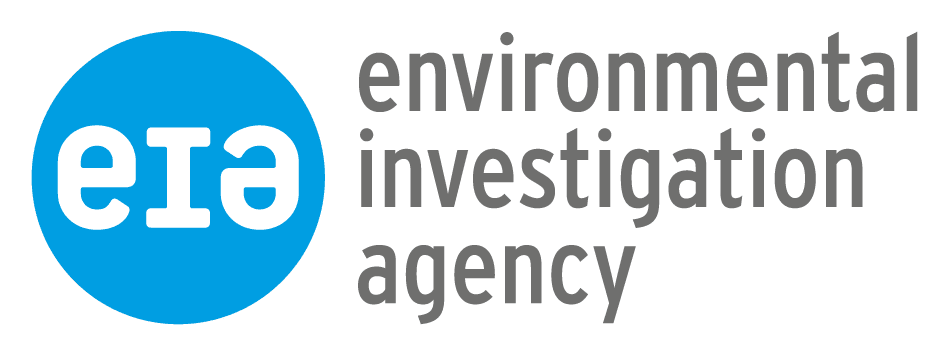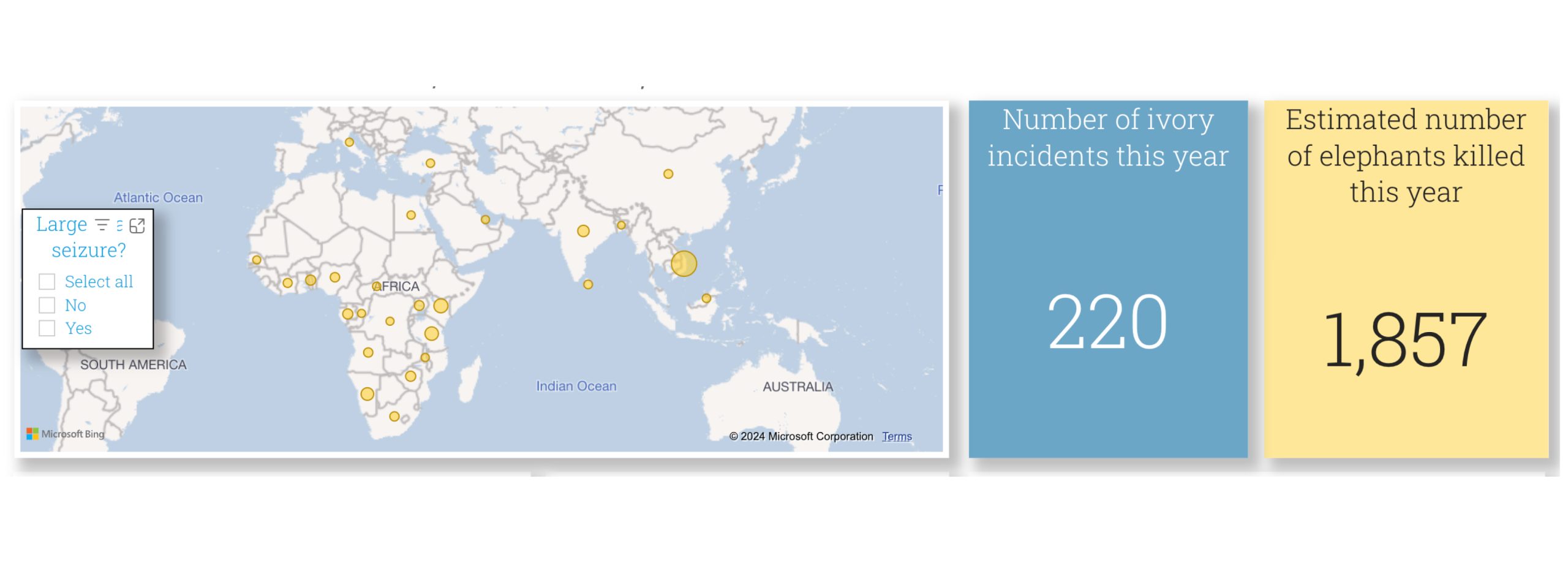At EIA, we monitor, collect and analyse data on wildlife and environmental crimes relating to the illegal trade in wildlife, timber and dangerous global warming refrigerant gases. Our staff collate seizures, arrests and prosecution records publicly available information, including government reports, enforcement agency press releases and non-governmental and academic papers, to help build a picture of the current scale of environmental crime and abuse. We have also incorporated news media coverage in several languages and details provided by partner NGOs.
In 2021, EIA developed a comprehensive database to record and store this information, which led to the creation of the Global Environmental Crime Tracker (GECT); a publicly accessible interactive dashboard that holds and visualises the up-to-date data from EIA’s internal database.
The GECT provides a visual analysis of the global trends through dashboards and maps that illustrate the smuggling and trafficking hotspots as well as the transportation routes. A publicly available resource like this provides greater transparency and analysis of trends to feed into future strategies to disrupt trafficking of key wildlife species.
At present, we have concentrated our efforts on elephants, pangolins, rhinos, Asian big cats, totoaba and timber. In April 2022 we updated the Tracker to include information on the illegal trade in hydrofluorocarbon (HFC) climate-harming gases.
Although the EIA’s collated data covers wildlife and environmental crime on a global level across EIA’s key species, the dataset alone cannot represent the full picture. Therefore, every effort is being made to keep the database updated on a regular basis. EIA works closely with partner organisations to collaborate and share data regularly. We would welcome any additional information to help make our Tracker a valuable tool in the fight against all global environmental crime.





